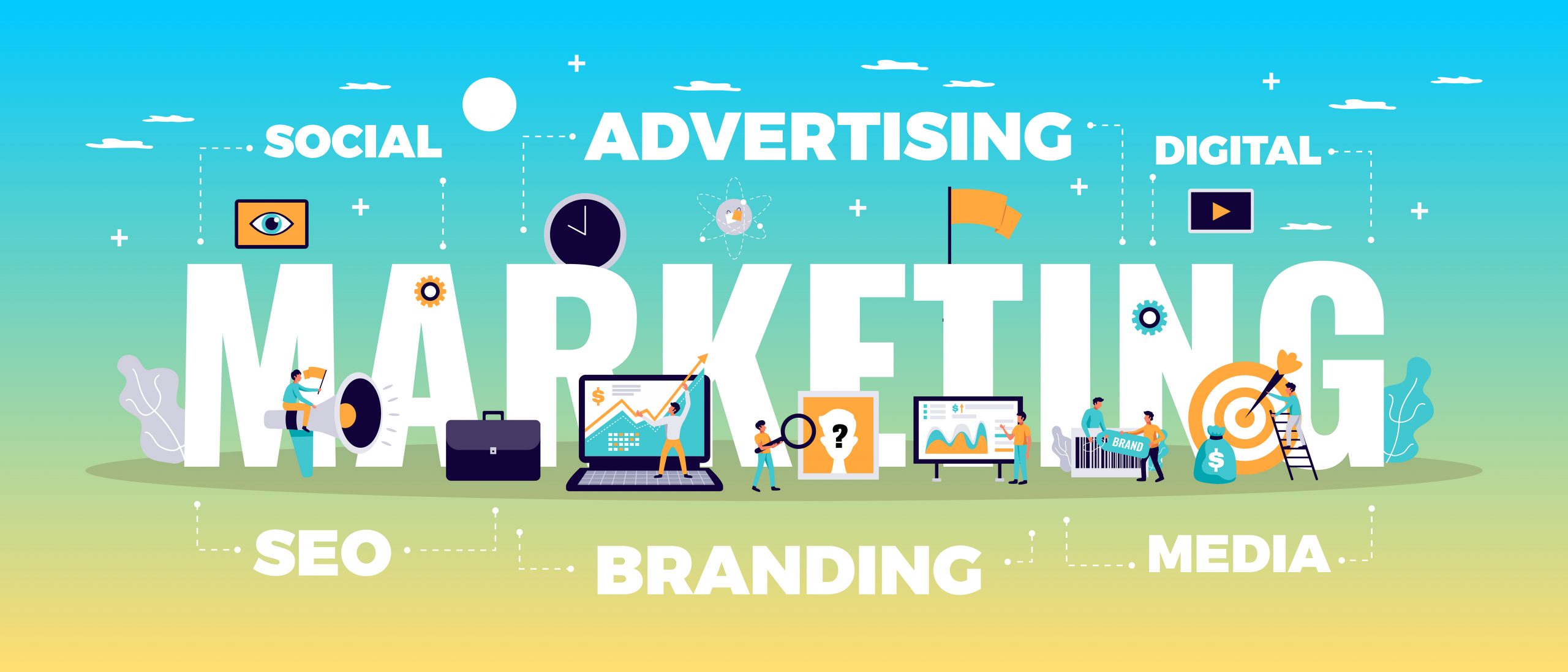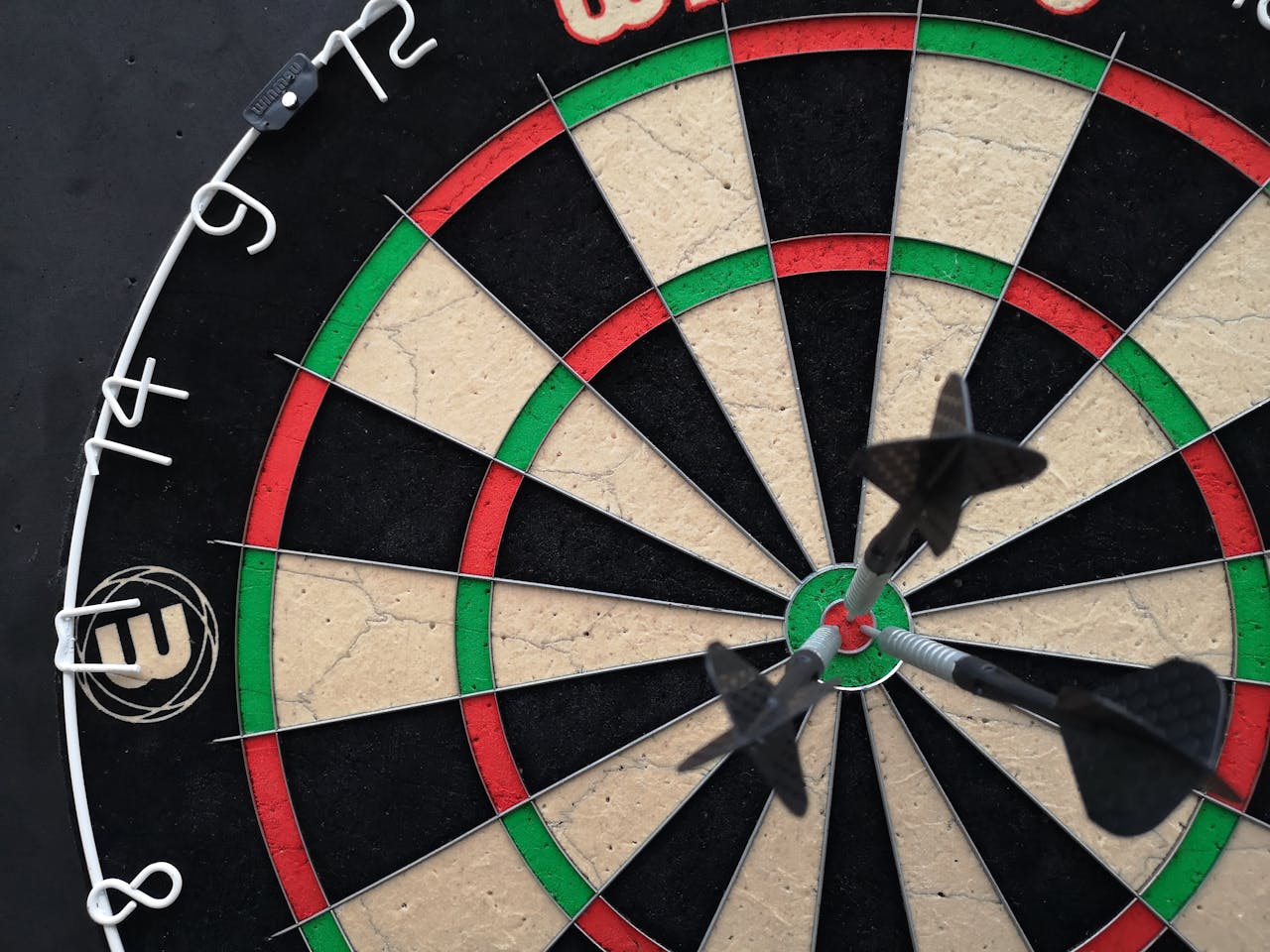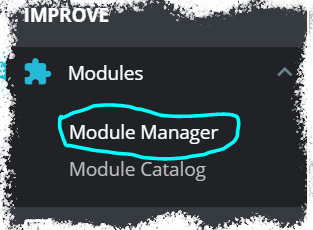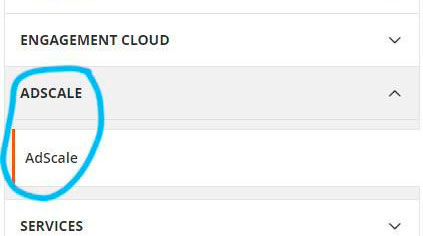Enterprises, big or small, rely on sales to keep operations afloat. With recent changes in buying behavior and trends, it’s critical to ensure that businesses understand how they reach out to their target audience and what they can do to improve their sales and marketing efforts further.
One study found that organizations that provide quick and easy sales processes have a 62% higher chance of winning their buyers. Interestingly, though, only a few businesses exert effort in monitoring and improving their sales funnel KPIs.
In fact, Pardot claims that as many as 68% of companies fail to use sales funnel key performance indicators (KPIs). Ultimately, this leads to poor conversion and dismal sales.
The solution? Understanding marketing funnel KPIs, the role they play, and how to determine which KPI to use at which stage of your customer’s journey.
But, what are marketing funnel metrics, exactly?
What Are Funnel Metrics?

Funnel metrics is a marketing concept that helps salespeople map a customer’s buying journey. This journey is likened to a “funnel” because it follows the influx of potential customers at the top of the funnel (more on this later) until they trickle down at the bottom as they actually become buyers.
Think of it this way: As prospects become customers, they pass through different stages in the sales funnel. The deeper they go, the higher is their level of commitment to buy products and avail of services.
To better understand the concept and use of marketing funnel metrics, it’s important to take note of the four different stages of a basic sales funnel:
Awareness
The first stage of the sales funnel is the awareness stage. It’s the part of the journey where the audience becomes aware of a brand’s products and services. They’ve likely heard about the offering from ads, social media channels, or recommendations.
At this stage, they aren’t customers yet. They are considered prospects, potential leads that you can nurture to help them move to the next stage of the sales funnel.
Interest
At this point, the prospects are more familiar with the company and what products or services it offers. They will then assess the products and services depending on their interest level. If they believe the offering is of value to them, they will do more research, ask around, read reviews, and inquire. This is a critical point for the sales team because it will have an impact on whether the prospect will decide to buy or not.
Decision
With enough knowledge about the company, prospects will dive deeper into what you have to offer. Is it better than what the other vendor is selling? Does it provide more value for money? Is the price justified for the packaging options? The sales team should focus on follow-ups, constant contact, and other promotional campaigns to help convince prospects to buy.
Action
At the last stage of the customer journey is where you can gauge whether your sales and marketing efforts will bear fruit. Will they buy or not? It all depends on how effective the previous campaigns are.
Using sales and marketing funnel metrics helps marketers understand what their prospects are thinking and doing at each stage of their buying journey. Having these useful insights can help craft the appropriate messaging to convert these prospects into paying clients.
If the prospect didn’t buy, it’s important to look back and assess where efforts fell short.
Sales and marketing funnel metrics can help teams align their efforts with objective insights in mind. Studies show that synchronized teams can contribute to revenue growth.
How Do You Calculate Sales And Marketing Funnel Metrics?

Here’s how you can calculate different sales and marketing funnel metrics:
Entrances
Entrances refer to the volume of prospects that “enter” the sales funnel within a given timeframe. To accurately measure them, it’s critical to determine the starting point of the sales funnel. Once this is identified, it would be easier to assign the entry point and measure the number of entrances.
While many won’t pay attention to this specific sales metric, it’s actually a vital one since it’s the beginning of the sales funnel.
Here’s How To Calculate It:
Add the number of leads reached during a specific period. It can also be done based on a channel or campaign level. For most e-commerce sites, the calculation can be done based on the cumulative traffic that goes into a website during a given time.
Conversion Rate
Perhaps the most popular sales funnel metric that most marketers are aware of is the conversion rate. It’s the percentage of leads that become paying customers. Defining the conversion rate goal and tracking it over time can help increase process efficiency and improve revenue.
For most businesses, particularly, those in e-commerce, conversion equates to sales. But conversion can also mean the number of downloads, email subscriptions, or actions based on the desired action. It’s among the most direct sales funnel metrics you can measure.
Here’s How To Calculate It:
Get the total number of conversions and divide them by the total leads entering the funnel. Multiply the number by 100 to get the percentage.
Total Conversions / Total Leads in Funnel x 100 = Conversion Rate
If measuring various conversion rates within a funnel, get the conversion rate by dividing the total customer number who reached the conversion stage by the number of customers from the previous stage in the funnel. Then, multiply it by 100.
Total Sales
After conversion, the next goal is to turn these numbers into actual revenue. Measuring total sales can evaluate and identify the sales that come from the funnel.
Here’s How To Calculate It:
Simply add the sales revenue from a given timeframe. Multiplying the number of sales by the unit price of items sold will also give the total sales.
Number of Sales x Unit Price = Total Sales
Total sales are considered the most important of all marketing funnel KPIs for business owners. It helps them analyze the overall success of the sales funnel and company growth over a given period.
A good way to measure success is to compare conversion and total sales. Once they are aligned, it indicates effective sales and marketing campaigns. High conversions but low total sales can signify loopholes in marketing efforts.
Average Order Value
Average order value is the revenue gained from an order. It tracks the average dollar amount spent when a buyer places an order. It’s one of the important sales metric KPIs because it gives an overview of the pricing strategy and online marketing efforts by measuring the long-term value of each customer.
Here’s How To Calculate It:
Divide the total revenue earned by the total orders in a given period. The timeframe should be similar.
Total Revenue / Total Orders = Average Order Value
Expanding the target audience or targeting high spenders for small average order values can help increase their number.
What Are Upper Funnel Metrics?

Upper-funnel metrics or top-of-the-funnel metrics are marketing funnel KPIs that help marketers expose the target audience to the offering by enforcing various brand awareness tactics. Upper funnel metrics help prospects get to know the company and its offerings and see if they can address their problems and challenges based on their standards.
During this stage of setting marketing funnel metrics, marketers should gather as much information about their target audience, including what topics interest them and which ones they are willing to engage in. Through these interactions, it would be easier to build a buyer persona that will eventually become the basis of the campaigns.
Aside from brand awareness, using marketing funnel metrics, such as upper-funnel, also drives demand generation. The goal is to bring excitement about the offerings. In the end, it can help build long-term customer relationships by discovering multiple touchpoints to help highlight unique value propositions and attract more customers.
What Are The Different Top-of-the-Funnel Metrics?

When it comes to marketing funnel KPIs, here are some of the funnel metrics that you can use to help assess the efficiency of your upper-funnel strategies:
Impressions
One of the most basic marketing funnel KPIs that marketers use is impressions. Impressions are the funnel metrics that refer to the accumulated times each post is served to users. For example, a post was viewed 500 times on different social media channels, such as LinkedIn, Facebook, or TikTok. It means that post received 500 impressions. This marketing funnel metric can become the foundation for brand awareness. In such instances, it would be best to use the cost-per-thousand impressions as part of the marketing funnel metrics.
Reach
Don’t confuse impressions with reach. Reach is the marketing funnel KPI that measures the number of unique people a post has served across different platforms. If impressions track how many times the post has been viewed, reach excludes those that have already viewed the post more than once.
But, like impressions, the reach can also give an overview of the effectiveness of a marketing campaign.
Website Traffic
Website traffic is another critical marketing funnel metric you can use to assess the success of your top-of-the-funnel marketing campaigns. However, it’s important to note that it’s also directly related to the other funnel metrics that you may be using, such as lower-funnel metrics and direct response measurements.
Average Session Time
Average session time or average time on the page refers to the length of time visitors spend on the page. It’s a great sales funnel KPI that shows if the prospects interact or engage with the content posted or shared. So, the more time they spend on the page, the greater their interest in the products and services offered.
Bounce Rate
The bounce rate helps you understand the number of users who visited the page but left the page without performing any action. It can be derived by dividing the number of single-page sessions by the total number of sessions.
A higher bounce rate can indicate poor interaction or engagement. It may mean that the posts did not rouse the visitors’ interest or are irrelevant to them. This perhaps led them to exit the page without doing anything. In general, a healthy bounce rate is between 30% and 70%.
What Are Lower-Funnel Metrics?

Also known as bottom-of-the-funnel metrics, lower-funnel metrics refer to the peak of all sales and marketing efforts. It includes all the assets that persuade prospects to buy products and avail of the services offered. As such, sales funnel metrics should focus on effectively showcasing offerings.
In short, it measures the overall impact of the campaign. For many, it’s the metrics that bear the most weight in a sales and marketing funnel. It’s like the best time to seize the opportunity to convert prospects to buyers.
It’s the time when aggressive campaigns must happen since it can mean prospects are ready to buy, and it’s crucial for the sales team’s to know when to tip the bucket so these prospects will favor them over a competitor.
Prospects want to buy, but they also want to make sure they’re making the best decision. This is where marketing tactics should focus on addressing their needs and solidifying your edge over others. In short, their buying journey should be as frictionless as possible.
Some efforts to focus on include:
- Build buyer confidence
- Promote brand trust
- Eliminate product doubt
What Are The Metrics During Acquisition Funnel

The customer acquisition funnel refers to the blueprint that tracks and monitors the effectiveness of sales and marketing efforts in attracting and retaining clients or customers. When effectively applied, it can provide an insight into how campaigns are doing and provide a helpful guideline when it comes to improving the results.
Many prefer building a customer acquisition funnel because it’s critical in attracting, engaging, retaining, and converting customers without making huge investments.
Creating a customer acquisition funnel is relatively easy and simple. However, it can also be tricky, particularly when it comes to choosing the appropriate acquisition channel to use that serves the best interest of the business.
Wondering what funnel metrics are used during the acquisition stage? Here are the most commonly used ones:
Impressions
Impressions, as mentioned, can measure the number of times a page with an ad was visited or content was shared on someone’s feed. It’s often sold and measured based on cost-per-mille (CPM), which refers to the cost to achieve 1,000 impressions.
While it wouldn’t give a holistic picture of how effective the strategies are, it can be a valuable first step to increase brand awareness and assess lead generation strategies.
Click-Through Rate
The Click-Through Rate or CTR is the ratio of the number of people who click on the call-to-action (CTA), such as an email link, landing page, or ads, divided by the impressions. For instance, a post with 15 clicks and 500 impressions will have a CTR of 23%. A high CTR can indicate higher interest in the message or content. A low CTR should signal that changes in the messaging are necessary.
Conversion Rate
Another critical funnel metric at the acquisition funnel stage is the conversion rate. This KPI, when tracked accordingly, can tell the number of people who acted on the messaging and went further into the sales funnel.
Again, further action will depend on the conversion goals set for the given stage within the funnel. Conversion rate can refer to:
- Request for a callback
- Purchase of a product
- Sign-up for a webinar
- Download of an e-book
- Subscription to channel
Since the actions can vary, it might be best to break down the conversion into different stages like prospecting, lead conversion, and sales conversion. This way, it’s easier to get an overview of each marketing strategy.
On top of the marketing KPIs mentioned, it’s equally important to have a solid marketing strategy that captures a wide range of funnel metrics, such as getting the cost per lead or cost per customer acquisition is advisable. These funnel metrics will help identify potential return on investment for all the marketing initiatives.
A robust acquisition funnel keeps processes on the right track. It helps businesses avoid losing their prospects as they wade through the different stages of their buying journey.
Similarly, these metrics can also help ensure customers find what they need while enjoying a positive experience.
Conclusion
Finetuning sales and marketing funnel metrics offers several benefits. For starters, it can help determine specific areas that need attention by helping you identify loopholes in the campaign. Second, the insights gathered can help determine which marketing efforts worked. And with this data on hand, there is an objective reason to direct more resources to that particular sales funnel.
























 ,
,